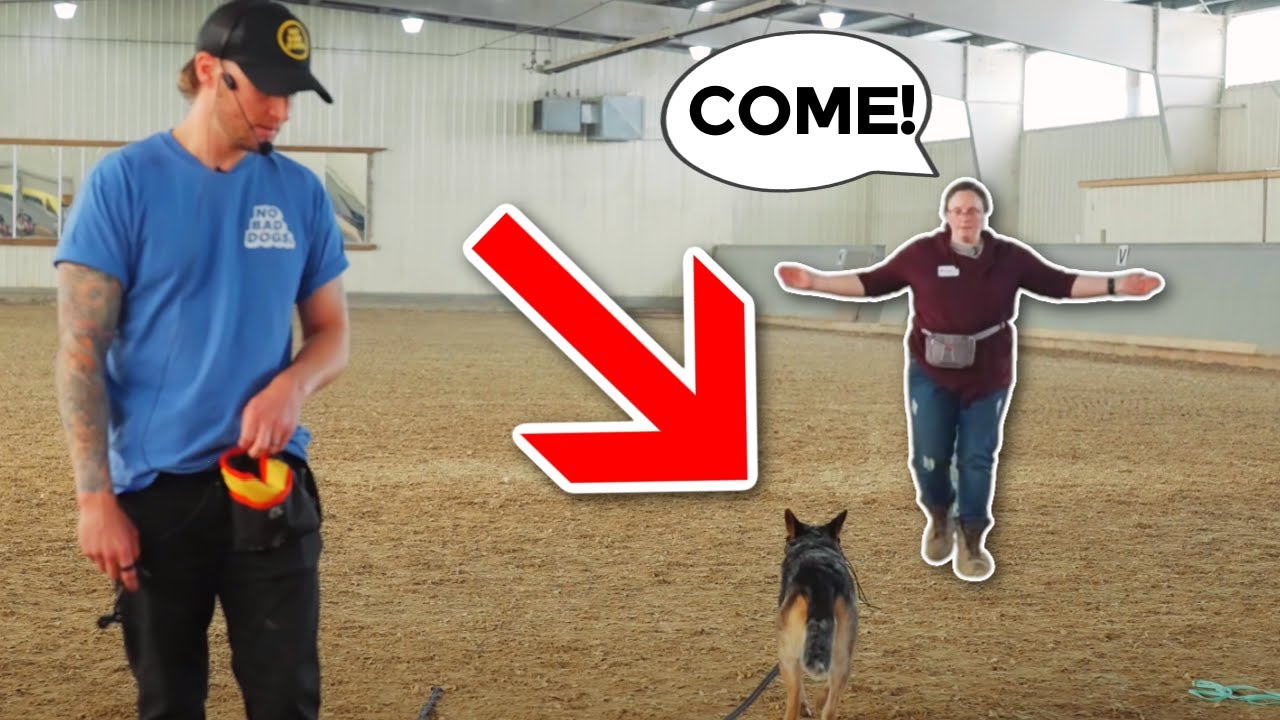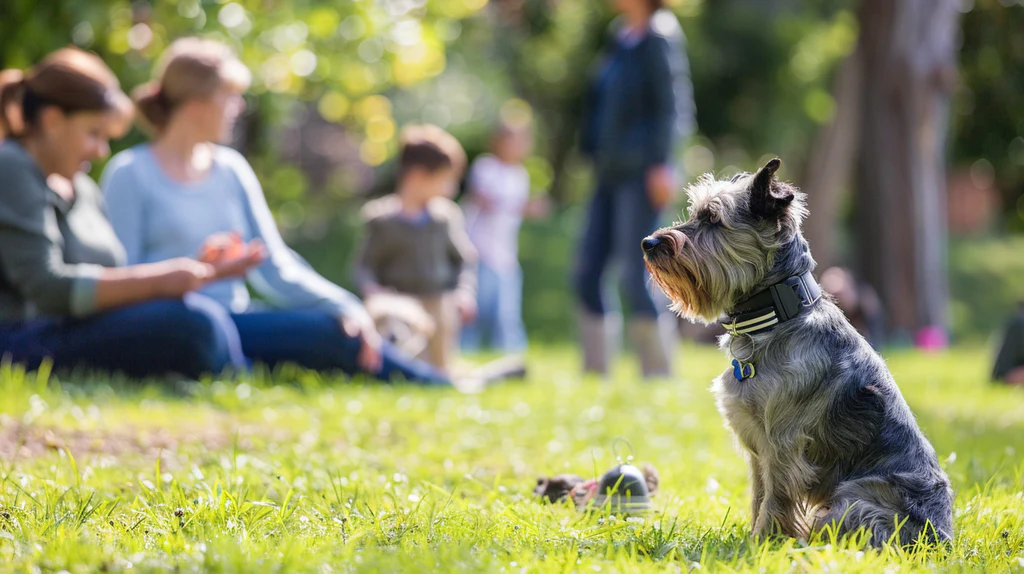Remote collar training, also known as e-collar or electronic collar training, is a popular method used by pet owners to train their dogs. While it can be an effective tool when used correctly, it’s essential to understand the proper techniques and safety measures to ensure the well-being of your furry friend. 🐕🔔

What is Remote Collar Training?
Remote collar training involves using an electronic collar that delivers a mild stimulation or vibration to get your dog’s attention or correct unwanted behavior. The collar is controlled by a remote, allowing the pet owner to deliver the stimulation from a distance. This method can be particularly useful for training recall, obedience, and managing behavioral issues. 📟📏
Benefits of Remote Collar Training
- Improved Communication: Remote collars help improve communication between the pet owner and the dog, making it easier to reinforce commands.
- Effective for Long-Distance Training: Allows for effective training even when the dog is at a distance, which is beneficial for outdoor activities like hiking or playing in the park.
- Versatility: Can be used to train various commands and correct multiple behaviors, from barking to off-leash training.
- Quick Results: When used properly, remote collars can yield faster results compared to traditional training methods. 🏞️🐶

The Do’s and Don’ts of Remote Collar Training
Do’s:
- Start with Basic Training: Ensure your dog understands basic commands like sit, stay, and come before introducing the remote collar.
- Use the Lowest Stimulation Level: Always start with the lowest setting and only increase if necessary. The goal is to use the least amount of stimulation needed to get your dog’s attention.
- Positive Reinforcement: Pair the remote collar training with positive reinforcement, such as treats or praise, to encourage desired behavior.
- Consult a Professional: If you’re new to remote collar training, consider consulting a professional trainer to guide you through the process. 🦴✅

Don’ts:
- Never Use as a Punishment: The remote collar should never be used to punish your dog. It is a training tool, not a disciplinary device.
- Avoid Prolonged Use: Do not leave the collar on your dog for extended periods. It should only be used during training sessions.
- Do Not Rely Solely on the Collar: Combine remote collar training with other training techniques for a well-rounded approach.
- Monitor for Stress: Watch for signs of stress or discomfort in your dog and adjust the training method if necessary. 🚫❌
Steps for Effective Remote Collar Training
- Introduce the Collar Gradually: Let your dog wear the collar without activation for a few days to get used to it. This helps them associate the collar with positive experiences.
- Pair with Commands: Use the remote collar in conjunction with verbal commands and hand signals. This reinforces the desired behavior.
- Use Short Sessions: Keep training sessions short and positive. Aim for 10-15 minutes per session to prevent your dog from becoming overwhelmed.
- Consistency is Key: Be consistent with your commands and the use of the collar. Consistency helps your dog understand what is expected of them.
- Reward Success: Always reward your dog for responding correctly to commands. Positive reinforcement strengthens the training. 🍖🎉
Safety Tips for Remote Collar Training
- Check the Fit: Ensure the collar fits snugly but not too tight. You should be able to fit two fingers between the collar and your dog’s neck.
- Inspect the Collar: Regularly check the collar for any signs of wear and tear and replace it if necessary.
- Monitor Skin Condition: Check your dog’s neck for any signs of irritation or sores and discontinue use if any issues arise.
- Follow Manufacturer Instructions: Always follow the manufacturer’s guidelines for proper use and maintenance of the remote collar. 🔧📖

Conclusion
Remote collar training can be a highly effective method for training your dog when used responsibly and humanely. By understanding the benefits, adhering to best practices, and prioritizing your dog’s well-being, you can achieve successful training outcomes and strengthen the bond with your furry companion. Remember, training should always be a positive and rewarding experience for both you and your dog.
